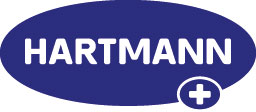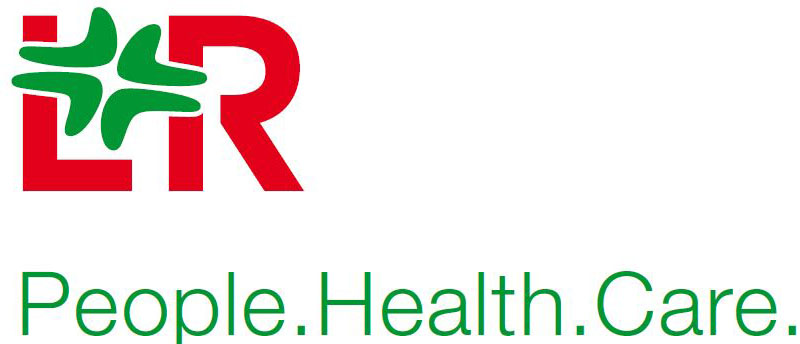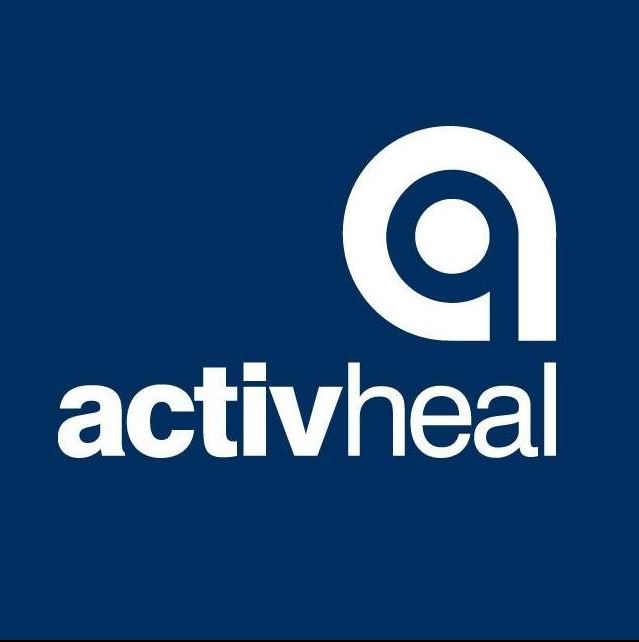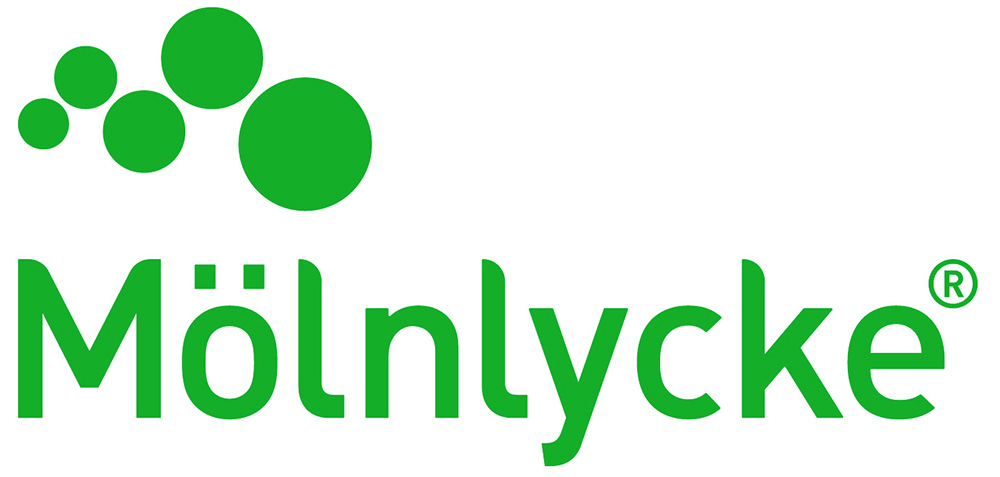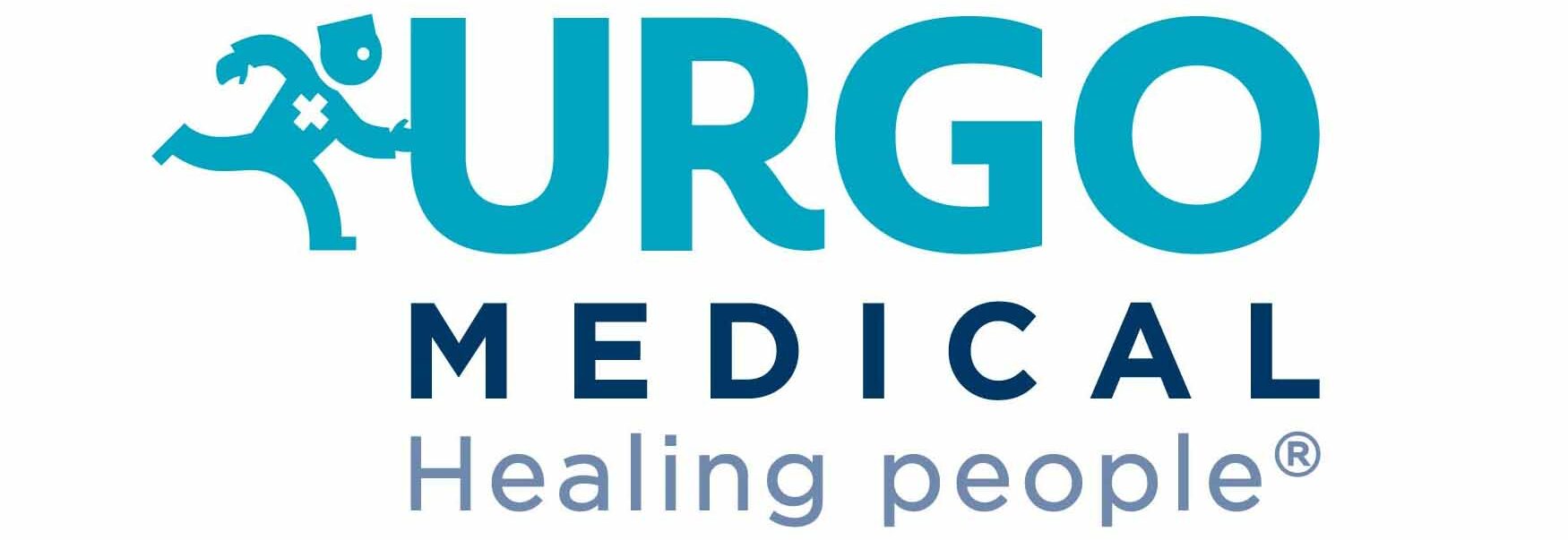Dwayne Boyers

Dwayne is a senior research fellow in Health Economics at the University of Aberdeen.
He has expertise in trial based and decision modelling economic evaluation studies and leads cost-effectiveness components of technology assessment reviews for NICE and other decision making bodies.
Dwayne also leads cost-effectiveness evaluations across several NIHR funded clinical trials.
Presentation at The Society of Tissue Viability 2025 Conference
Diagnostic performance and cost-effectiveness of automated devices for identifying peripheral arterial disease in people with leg ulceration
Objectives
The presentation is aimed at:
- Clinicians, nurses and other healthcare decision makers who assess people with leg ulcers
- Researchers interested in clinical and cost-effectiveness of diagnostic devices for peripheral arterial disease.
Delegates will learn about:
- Systematic review findings of diagnostic accuracy of automated devices for measuring ABPI
- Cost-effectiveness of automated devices for measuring ABPI
- What would make automated devices cost-effective
- What are future key research requirements to improve the evidence base
Abstract
Background: Accurate measurement ABPI to identify peripheral arterial disease (PAD) is important to guide appropriate treatment decision making for people with leg ulcers. Automated devices may reduce test time and improve the patient experience.
Methods: A systematic review of studies with any design, that assessed the diagnostic accuracy of automated devices versus an acceptable reference device in any population receiving ABPI assessment. An economic model captured lifetime costs, quality-adjusted life-years and cost-effectiveness.
Results: N=24 studies evaluating five devices (BlueDop Vascular Expert, BOSO ABI-System 100, Dopplex Ability, MESI ankle–brachial pressure index MD and WatchBP Office ABI). Two studies found that automated devices underestimated PAD in people with leg ulcers. 22 studies in people without leg ulcers found good specificity and moderate sensitivity. Meta-analysis of 12 studies showed a pooled mean (95% CI) sensitivity: 64% (57%-71%) and specificity:96% (92%-98%) for detection of PAD.
Automated devices cost less than manual Doppler to deliver. However, increased risks of invasive treatment requirements for inappropriately compressed arterial/mixed ulcers due to false-negative results, and increased healing times due to delayed compression of false-positive test results mean that automated devices are unlikely to be cost-effective given current evidence. Results are dependent on any potential reduction in time to treatment that could be achieved in clinical practice.
Conclusion / Key messages: There was limited evidence for automated devices, especially in people with leg ulcers. Firm conclusions on diagnostic performance and cost-effectiveness were not possible. Future research should optimise diagnostic performance and investigate reductions in time to appropriate treatment.


